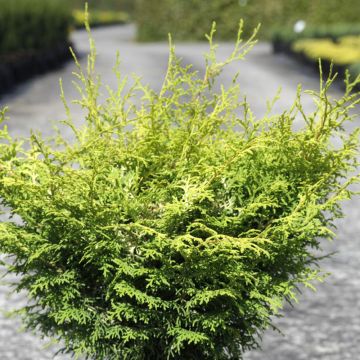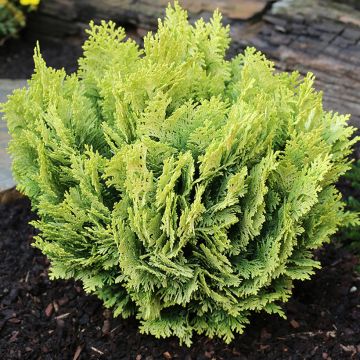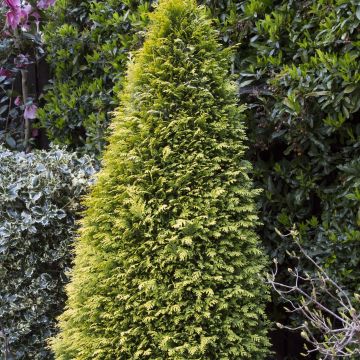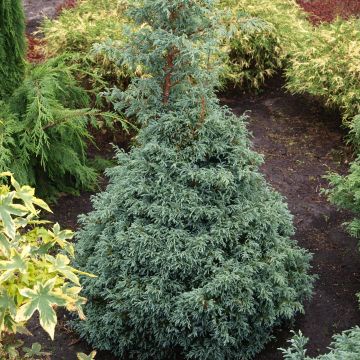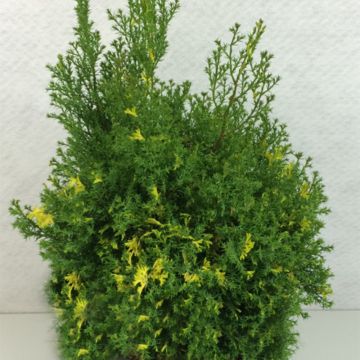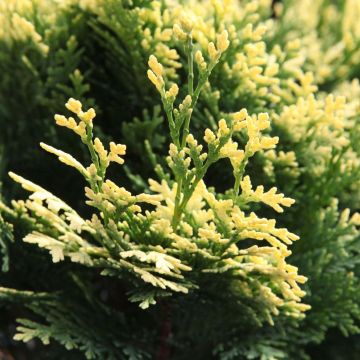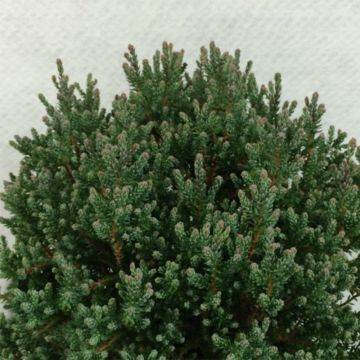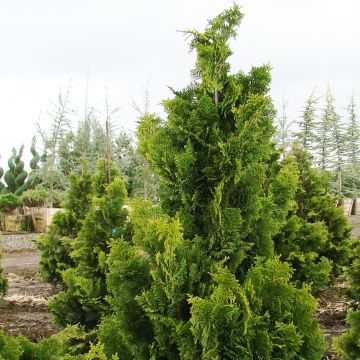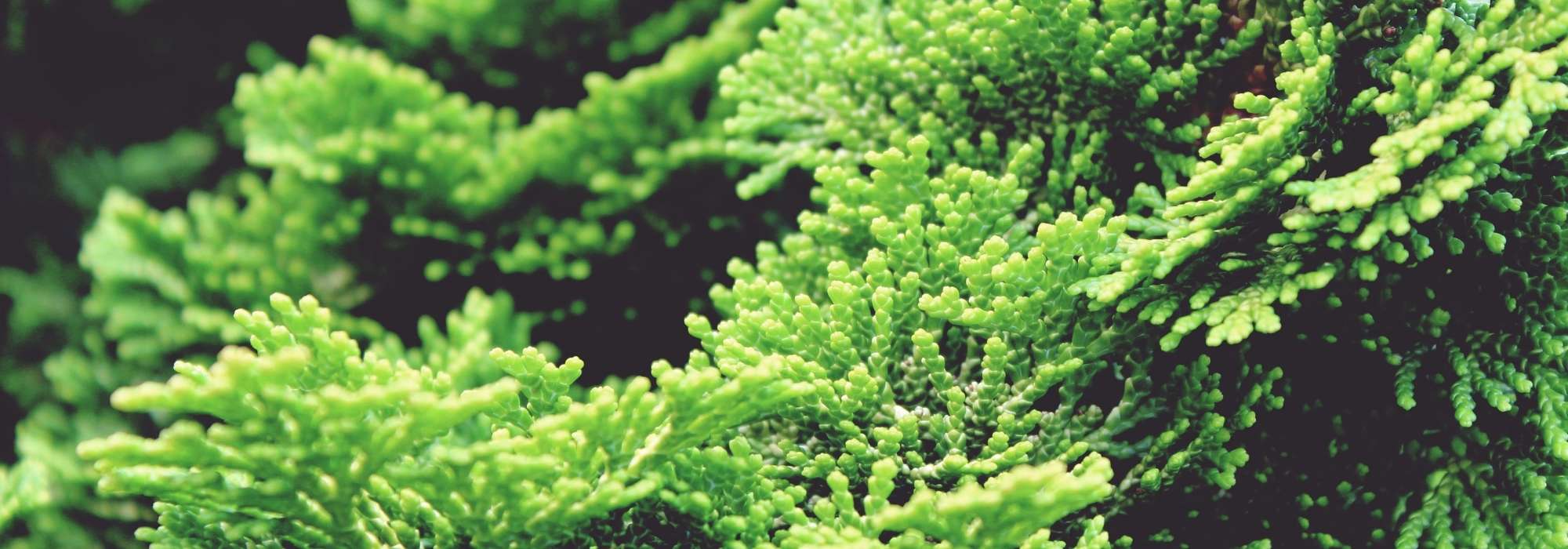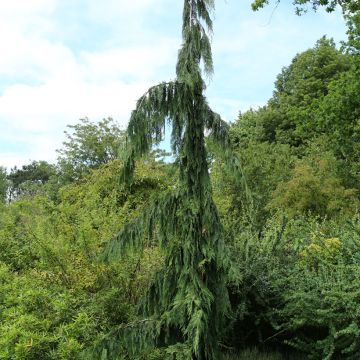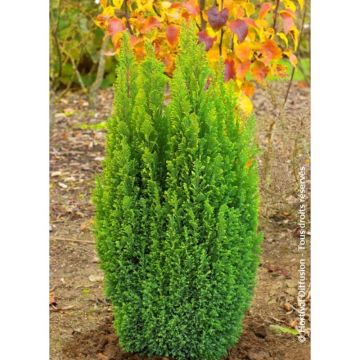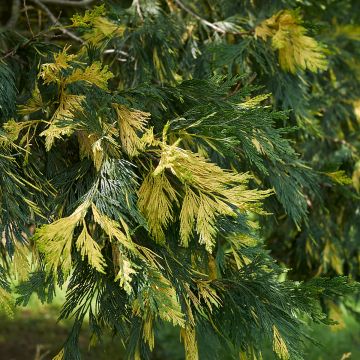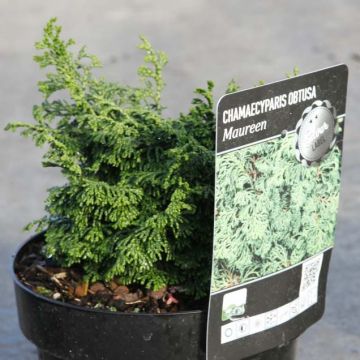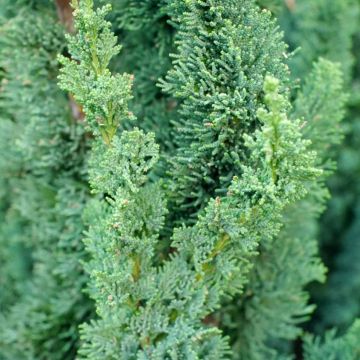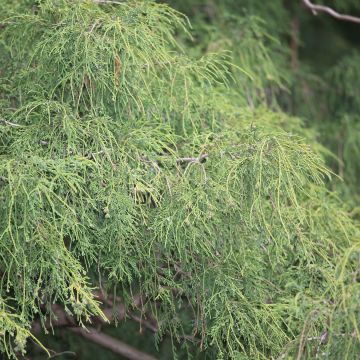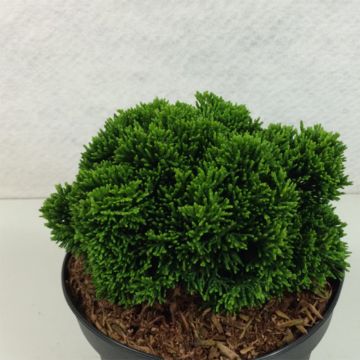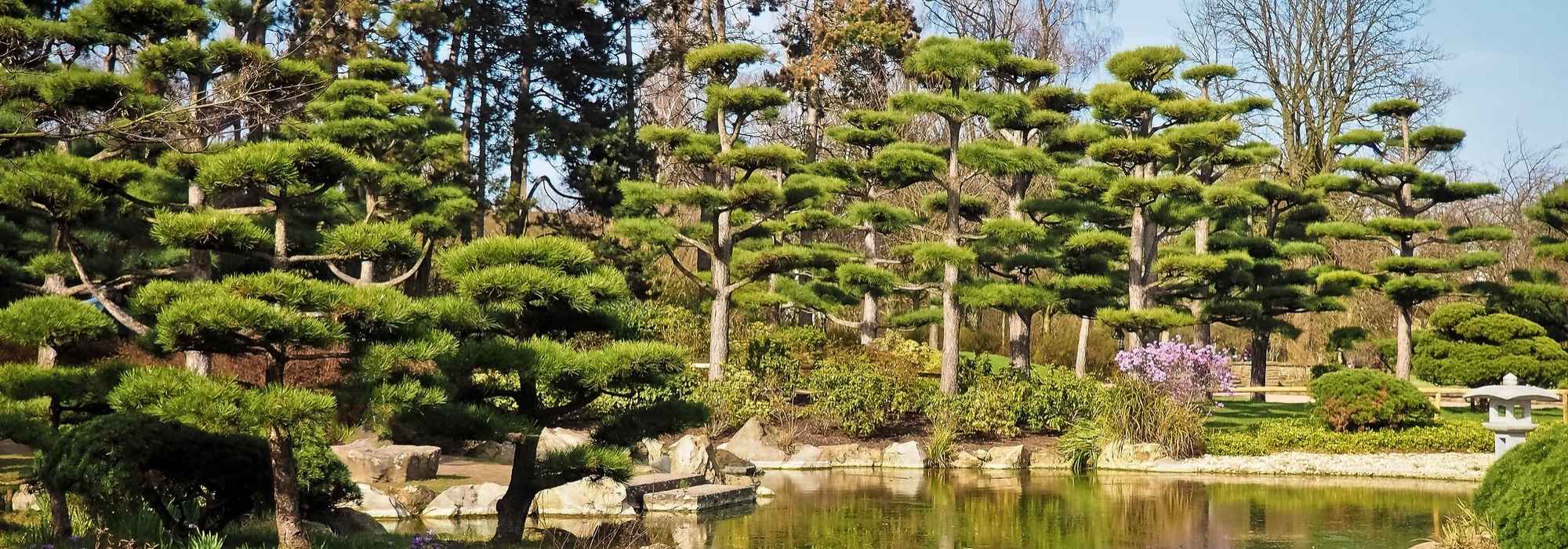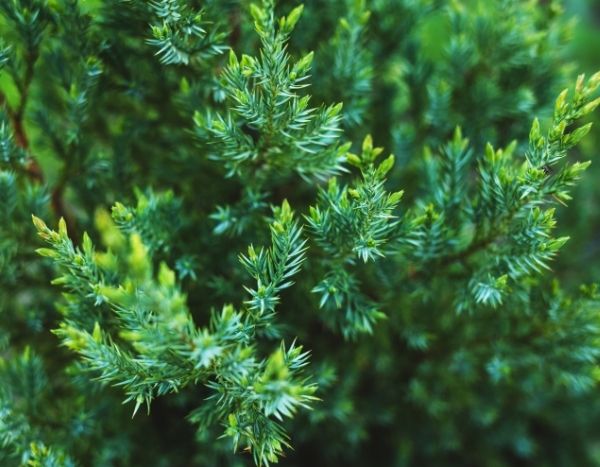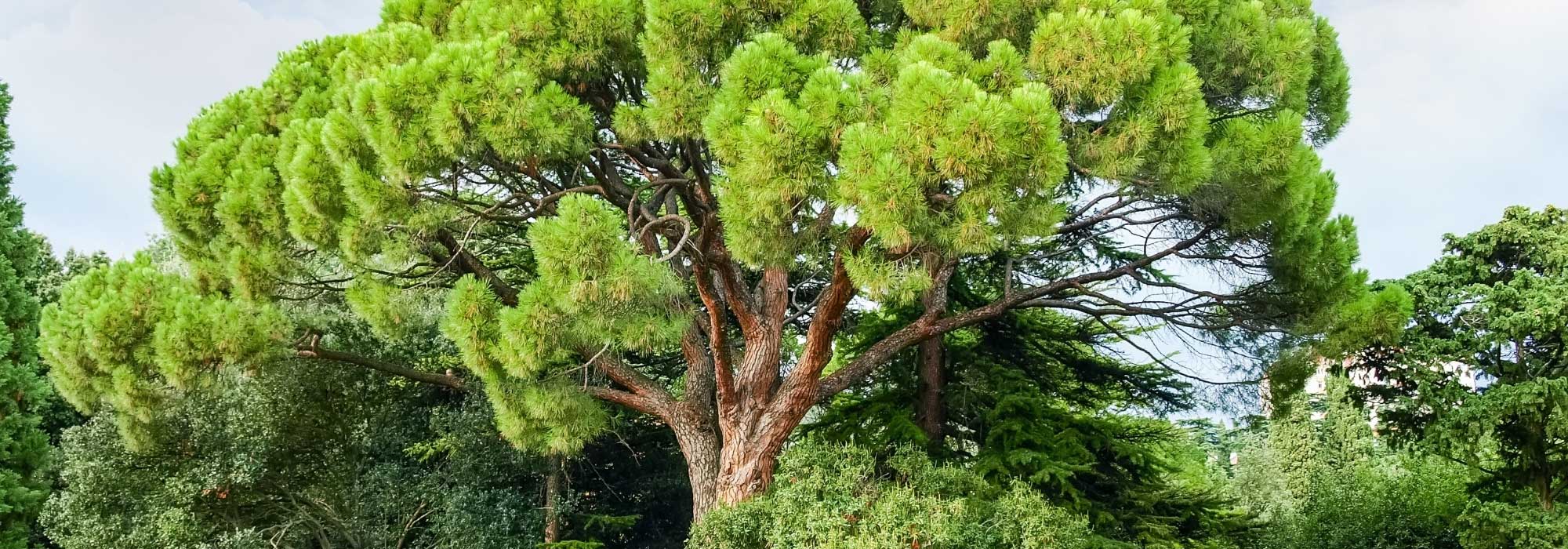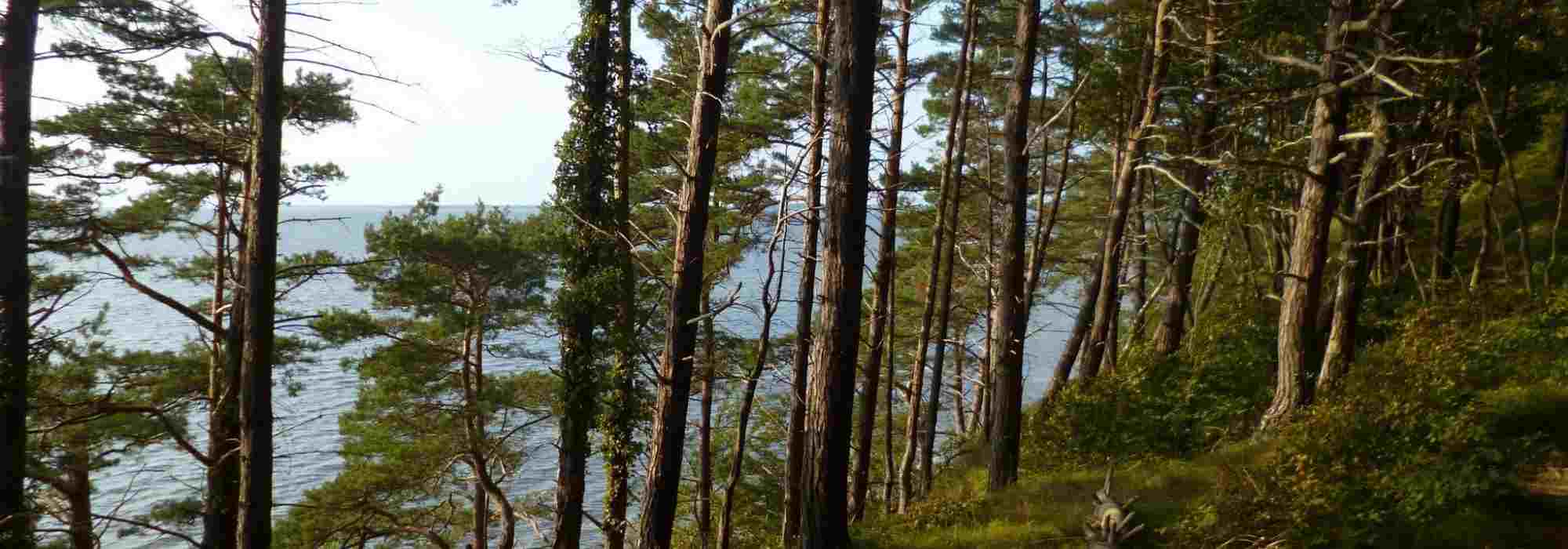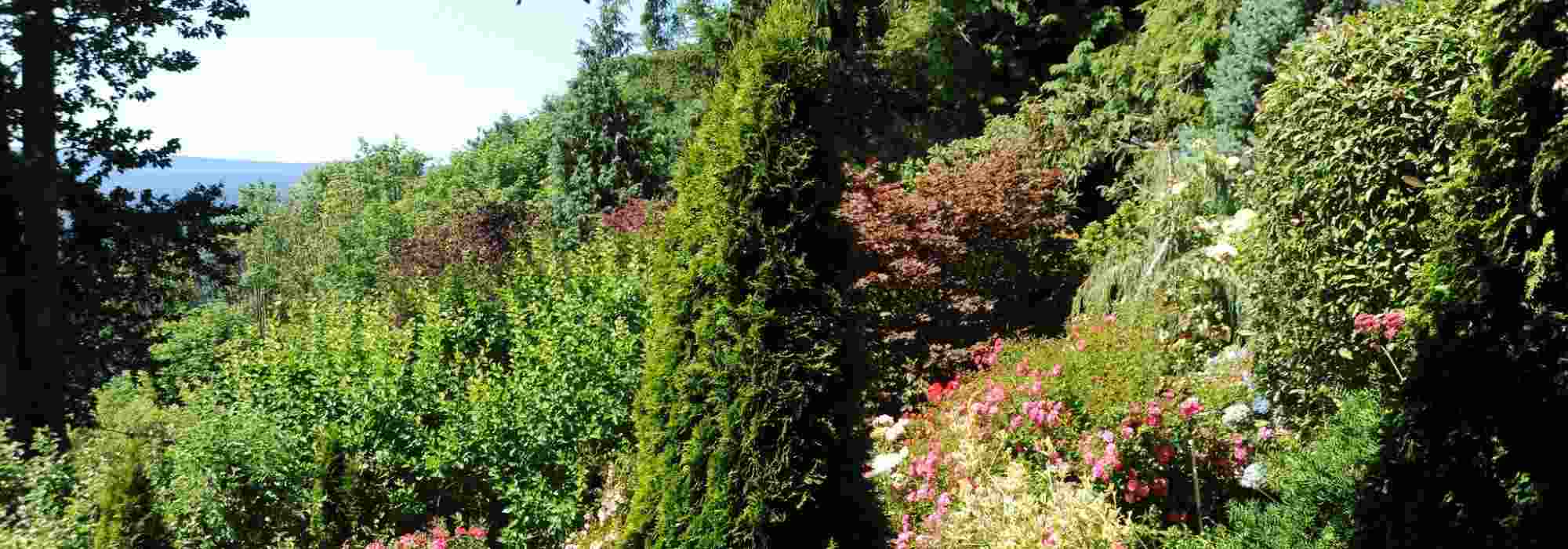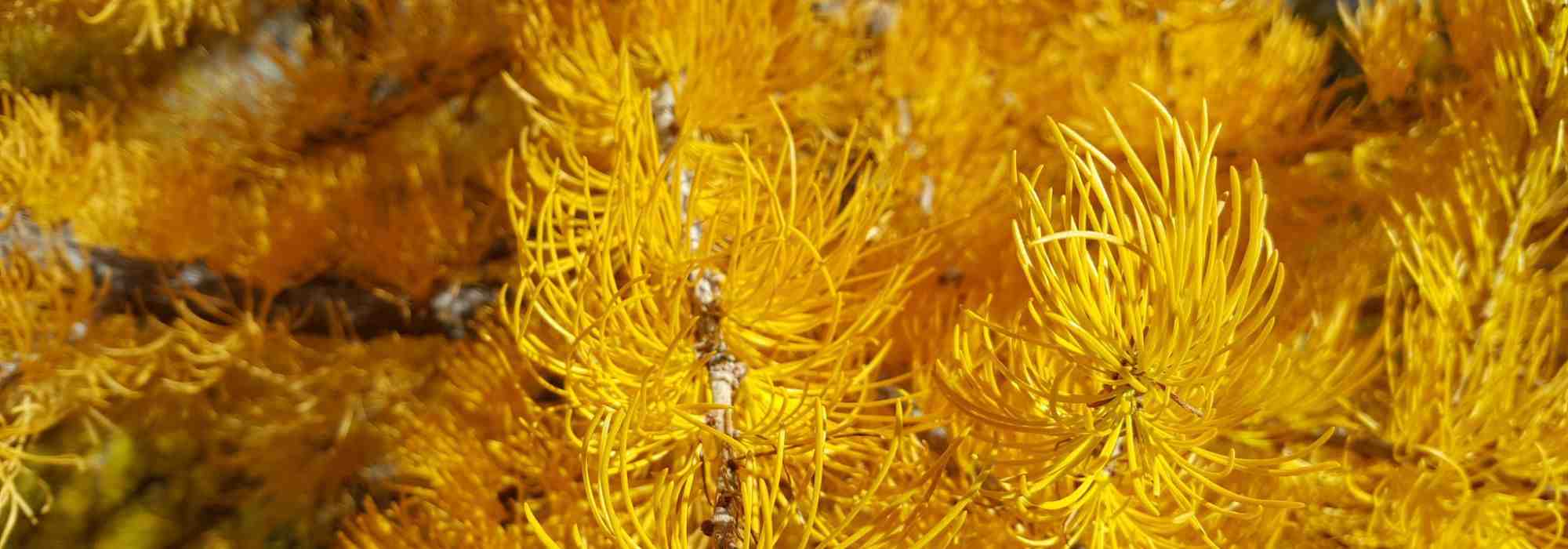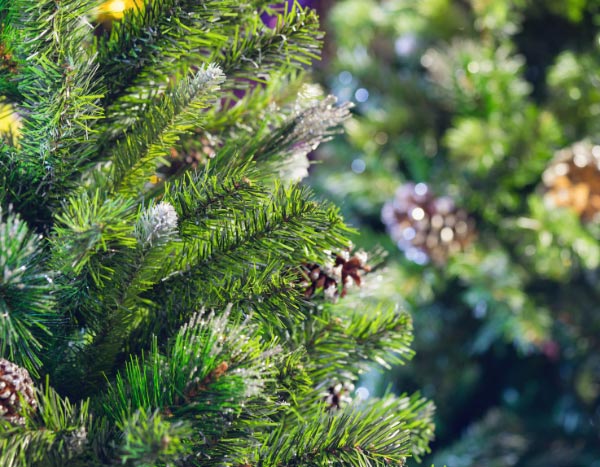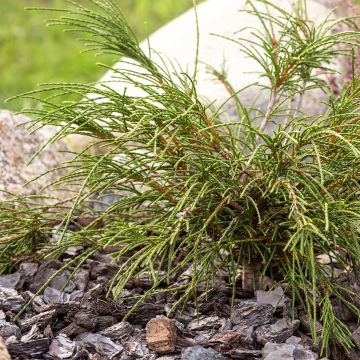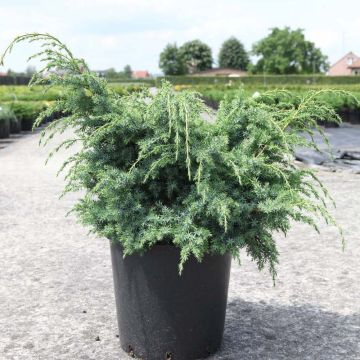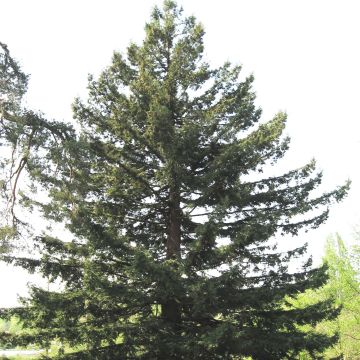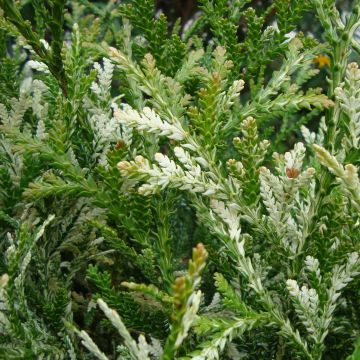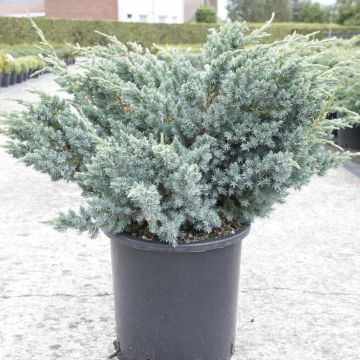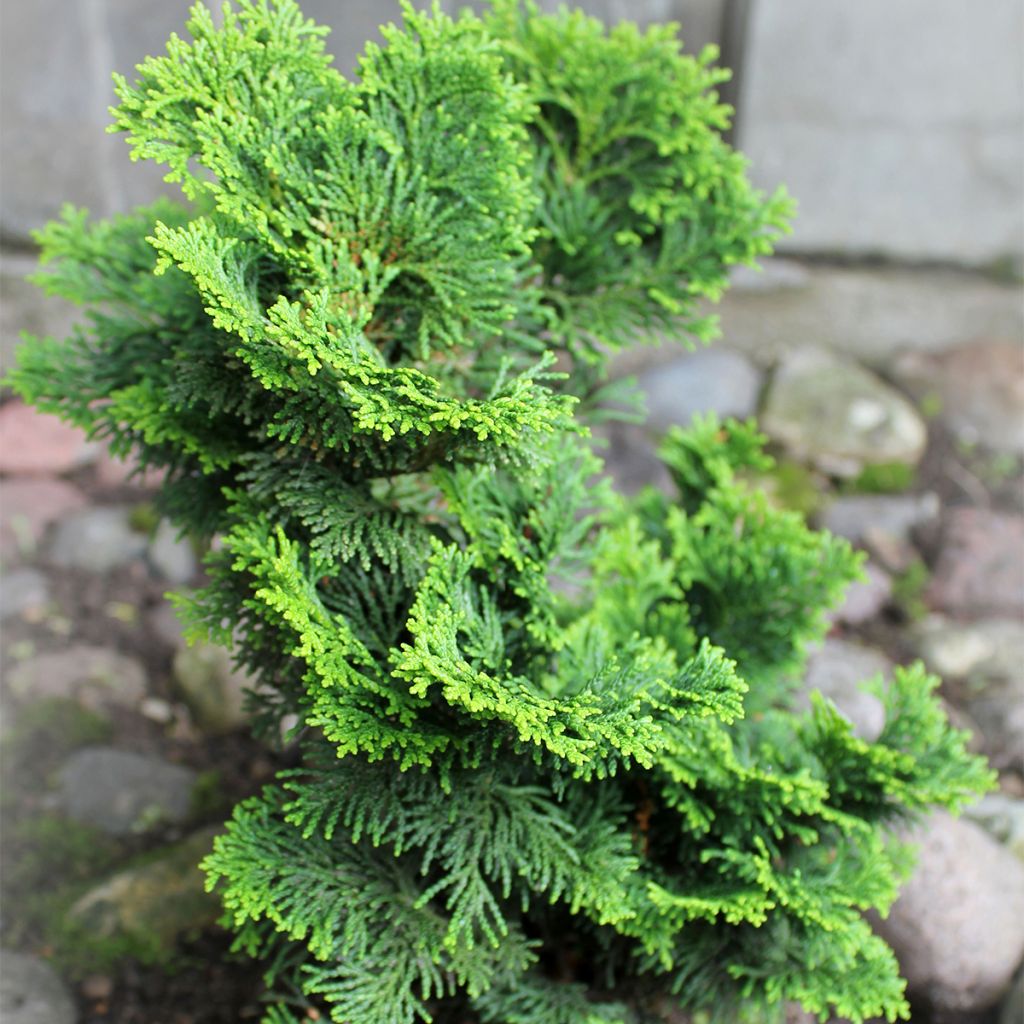

Chamaecyparis obtusa Contorta - Hinoki Cypress
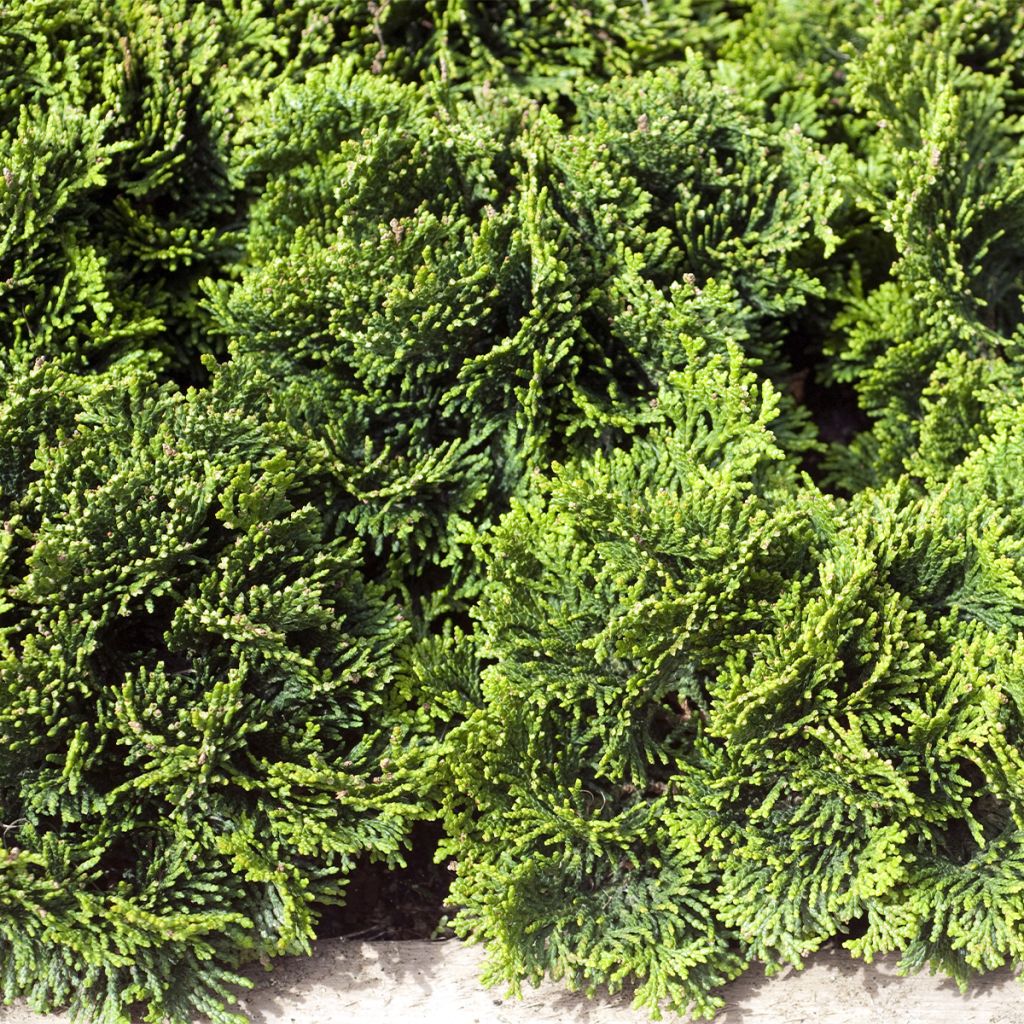

Chamaecyparis obtusa Contorta - Hinoki Cypress
Chamaecyparis obtusa Contorta - Hinoki Cypress
Chamaecyparis obtusa Contorta
Hinoki Cypress, Japanese Cypress, Hinoki False Cypress
Special offer!
Receive a €20 voucher for any order over €90 (excluding delivery costs, credit notes, and plastic-free options)!
1- Add your favorite plants to your cart.
2- Once you have reached €90, confirm your order (you can even choose the delivery date!).
3- As soon as your order is shipped, you will receive an email containing your voucher code, valid for 3 months (90 days).
Your voucher is unique and can only be used once, for any order with a minimum value of €20, excluding delivery costs.
Can be combined with other current offers, non-divisible and non-refundable.
Why not try an alternative variety in stock?
View all →This plant carries a 24 months recovery warranty
More information
We guarantee the quality of our plants for a full growing cycle, and will replace at our expense any plant that fails to recover under normal climatic and planting conditions.
Does this plant fit my garden?
Set up your Plantfit profile →
Description
Chamaecyparis obtusa 'Contorta' is an extraordinary dwarf variety of Japanese Hinoki cypress with very slow growth. It forms a small contorted pyramid, with twisted branches covered with short needles grouped in irregular masses. Its foliage is a rich green in spring and summer, turning bronze in winter. Ideal in a rock garden, in a pot on a terrace, or in a small garden. It prefers full sun or partial shade, in acidic (non-limestone), moist but well-drained soil.
Reaching up to 50m (164ft) in height in its natural environment, the False cypress or Japanese false cypress is mainly used for making lacquered furniture and for the construction of numerous buildings such as palaces. This conifer belongs to the Cupressaceae family.
'Contorta' is distinguished by its small size and by its irregular, variable, unpredictable and twisted conical habit. It grows slowly: after ten years of cultivation, it will reach 50cm (20in) in height, with a diameter of 30cm (12in). An adult plant will measure about 2m (7ft) in height and 1m (3ft) in width, after an infinite amount of time. It develops sinuous and twisted branches covered with very dense foliage, composed of short needles tightly grouped in balls. Its foliage takes on different shades of green, and turns bronze in cold weather. Bouquets of cones appear along the branches; they persist for a long time and may resemble a deformity or disease, but it is a natural phenomenon. These cones eventually disappear over time, replaced by new shoots.
Chamaecyparis obtusa 'Contorta' is ideal for container cultivation on a terrace or in small gardens thanks to its unusual appearance, slow growth and small size. It will find its place in a Zen garden and will become a magnificent subject treated in bonsai style. As it prefers acidic soils, it can accompany small camellias, heathers, rhododendrons, and azaleas. The architectural qualities of dwarf conifers naturally impose themselves in the design of a contemporary garden, which prefers the aesthetics of shapes, silhouettes, and textures over the fleeting beauty of flowers. With their reassuring permanence, these plants durably structure a bed. They can mark pathways, and border terraces, easily replacing the strong presence of trimmed boxwood. They serve as a setting for small roses, peonies, or tousled grasses with a very complementary temperament. They can also be planted with shrubs or ground cover plants such as aubrieta and cerastium, as well as flowering shrubs. The key is to play with volumes and colours.
Tips: Water during periods of high heat as it is sensitive to drought.
Chamaecyparis obtusa Contorta - Hinoki Cypress in pictures
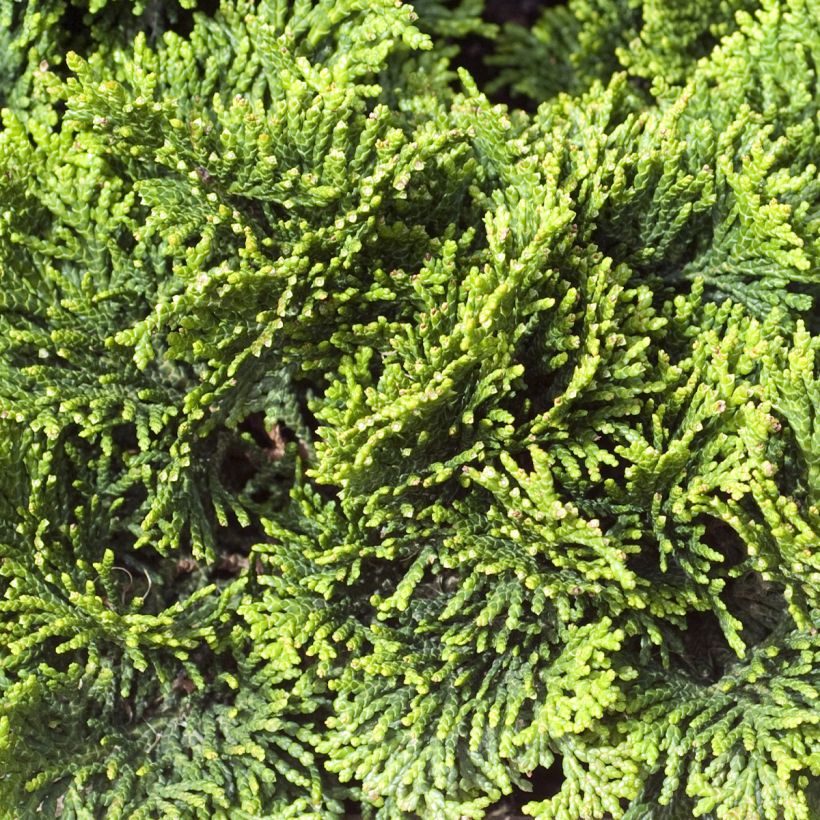

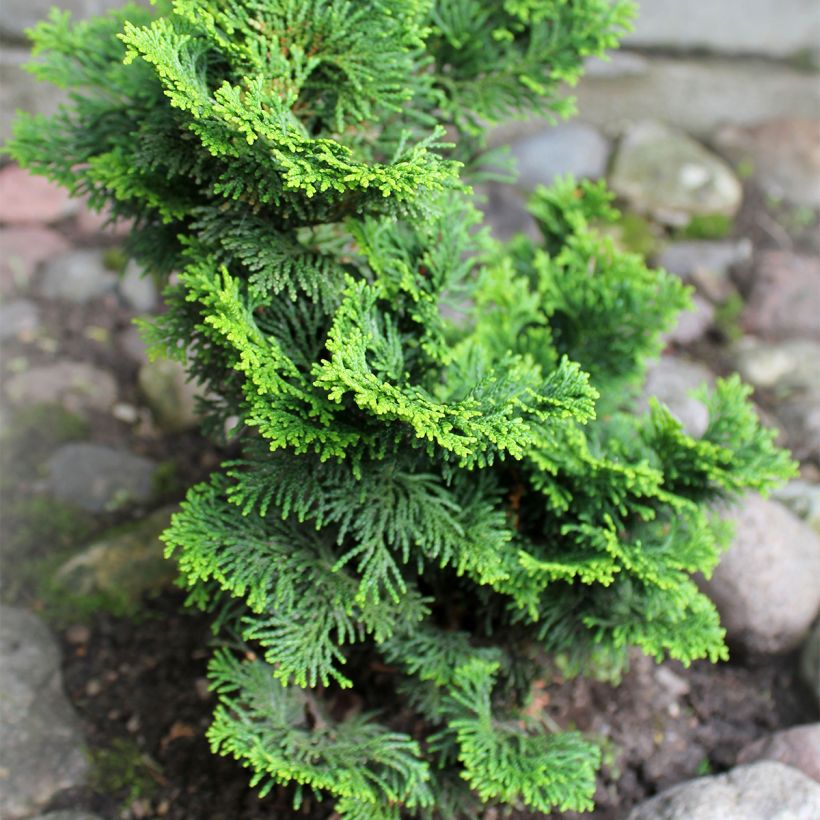

Plant habit
Foliage
Botanical data
Chamaecyparis
obtusa
Contorta
Cupressaceae
Hinoki Cypress, Japanese Cypress, Hinoki False Cypress
Cultivar or hybrid
Other Chamaecyparis
View all →Planting and care
Plant from September to November and from February to June in well-drained, rich, deep, acidic soil. This conifer does not tolerate limestone or drought. A compound soil made of ericaceous soil that remains moist will be very suitable. Choose a sunny or semi-shaded location sheltered from prevailing winds. Soak the root balls well before planting. Add organic matter at planting and water generously in the first years. Apply a special conifer fertiliser every year in April and weed the soil in summer. It does not require pruning, although the tender shoots of young plants can be regularly pruned, for example to form a hedge. However, do not prune into old wood on mature subjects, as new shoots will not grow on it.
Planting period
Intended location
Care
Planting & care advice
This item has not been reviewed yet - be the first to leave a review about it.
Similar products
Haven't found what you were looking for?
Hardiness is the lowest winter temperature a plant can endure without suffering serious damage or even dying. However, hardiness is affected by location (a sheltered area, such as a patio), protection (winter cover) and soil type (hardiness is improved by well-drained soil).

Photo Sharing Terms & Conditions
In order to encourage gardeners to interact and share their experiences, Promesse de fleurs offers various media enabling content to be uploaded onto its Site - in particular via the ‘Photo sharing’ module.
The User agrees to refrain from:
- Posting any content that is illegal, prejudicial, insulting, racist, inciteful to hatred, revisionist, contrary to public decency, that infringes on privacy or on the privacy rights of third parties, in particular the publicity rights of persons and goods, intellectual property rights, or the right to privacy.
- Submitting content on behalf of a third party;
- Impersonate the identity of a third party and/or publish any personal information about a third party;
In general, the User undertakes to refrain from any unethical behaviour.
All Content (in particular text, comments, files, images, photos, videos, creative works, etc.), which may be subject to property or intellectual property rights, image or other private rights, shall remain the property of the User, subject to the limited rights granted by the terms of the licence granted by Promesse de fleurs as stated below. Users are at liberty to publish or not to publish such Content on the Site, notably via the ‘Photo Sharing’ facility, and accept that this Content shall be made public and freely accessible, notably on the Internet.
Users further acknowledge, undertake to have ,and guarantee that they hold all necessary rights and permissions to publish such material on the Site, in particular with regard to the legislation in force pertaining to any privacy, property, intellectual property, image, or contractual rights, or rights of any other nature. By publishing such Content on the Site, Users acknowledge accepting full liability as publishers of the Content within the meaning of the law, and grant Promesse de fleurs, free of charge, an inclusive, worldwide licence for the said Content for the entire duration of its publication, including all reproduction, representation, up/downloading, displaying, performing, transmission, and storage rights.
Users also grant permission for their name to be linked to the Content and accept that this link may not always be made available.
By engaging in posting material, Users consent to their Content becoming automatically accessible on the Internet, in particular on other sites and/or blogs and/or web pages of the Promesse de fleurs site, including in particular social pages and the Promesse de fleurs catalogue.
Users may secure the removal of entrusted content free of charge by issuing a simple request via our contact form.
The flowering period indicated on our website applies to countries and regions located in USDA zone 8 (France, the United Kingdom, Ireland, the Netherlands, etc.)
It will vary according to where you live:
- In zones 9 to 10 (Italy, Spain, Greece, etc.), flowering will occur about 2 to 4 weeks earlier.
- In zones 6 to 7 (Germany, Poland, Slovenia, and lower mountainous regions), flowering will be delayed by 2 to 3 weeks.
- In zone 5 (Central Europe, Scandinavia), blooming will be delayed by 3 to 5 weeks.
In temperate climates, pruning of spring-flowering shrubs (forsythia, spireas, etc.) should be done just after flowering.
Pruning of summer-flowering shrubs (Indian Lilac, Perovskia, etc.) can be done in winter or spring.
In cold regions as well as with frost-sensitive plants, avoid pruning too early when severe frosts may still occur.
The planting period indicated on our website applies to countries and regions located in USDA zone 8 (France, United Kingdom, Ireland, Netherlands).
It will vary according to where you live:
- In Mediterranean zones (Marseille, Madrid, Milan, etc.), autumn and winter are the best planting periods.
- In continental zones (Strasbourg, Munich, Vienna, etc.), delay planting by 2 to 3 weeks in spring and bring it forward by 2 to 4 weeks in autumn.
- In mountainous regions (the Alps, Pyrenees, Carpathians, etc.), it is best to plant in late spring (May-June) or late summer (August-September).
The harvesting period indicated on our website applies to countries and regions in USDA zone 8 (France, England, Ireland, the Netherlands).
In colder areas (Scandinavia, Poland, Austria...) fruit and vegetable harvests are likely to be delayed by 3-4 weeks.
In warmer areas (Italy, Spain, Greece, etc.), harvesting will probably take place earlier, depending on weather conditions.
The sowing periods indicated on our website apply to countries and regions within USDA Zone 8 (France, UK, Ireland, Netherlands).
In colder areas (Scandinavia, Poland, Austria...), delay any outdoor sowing by 3-4 weeks, or sow under glass.
In warmer climes (Italy, Spain, Greece, etc.), bring outdoor sowing forward by a few weeks.































